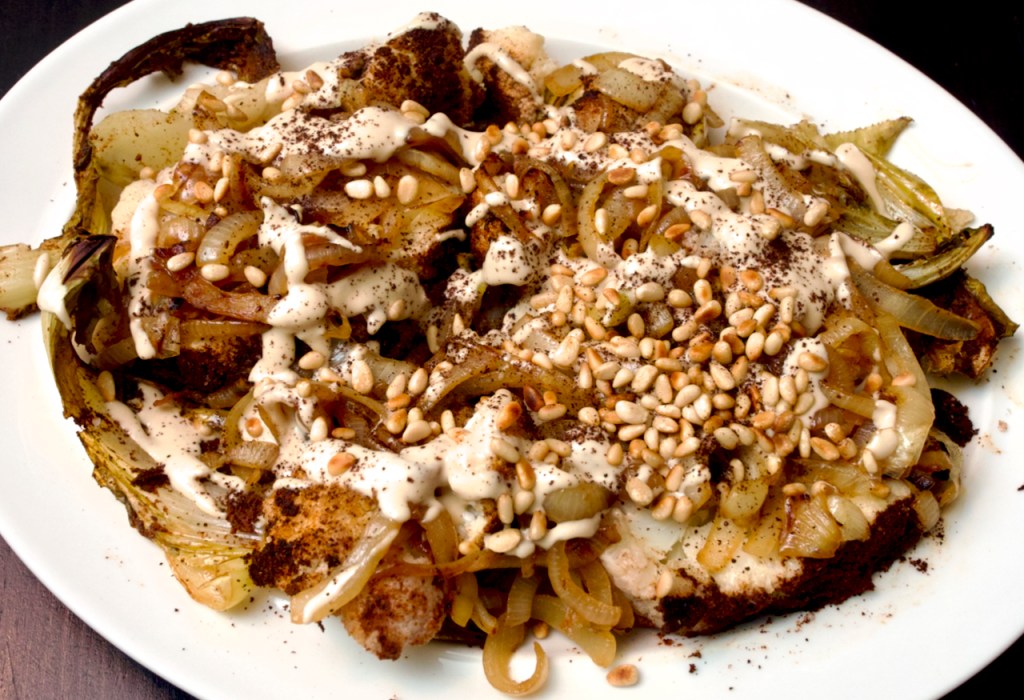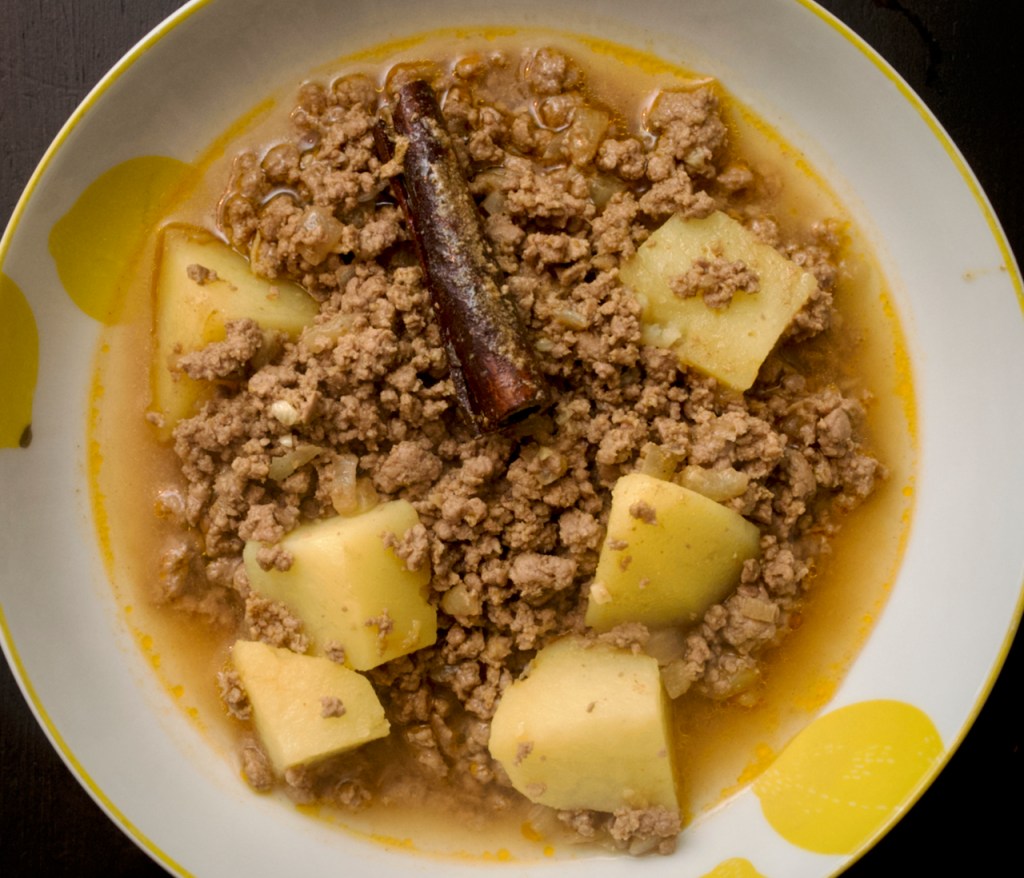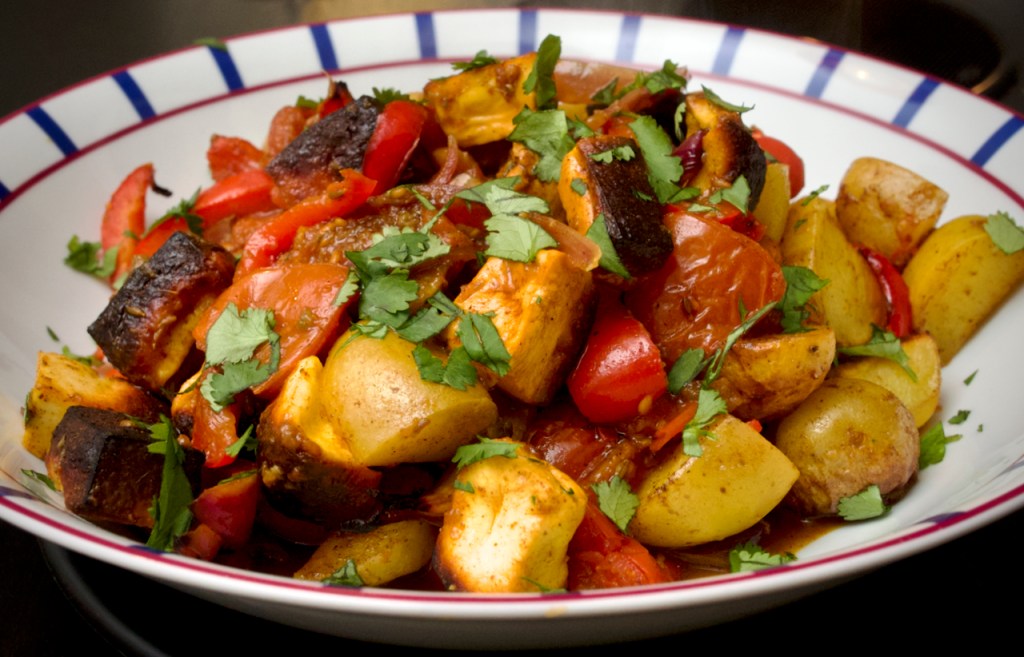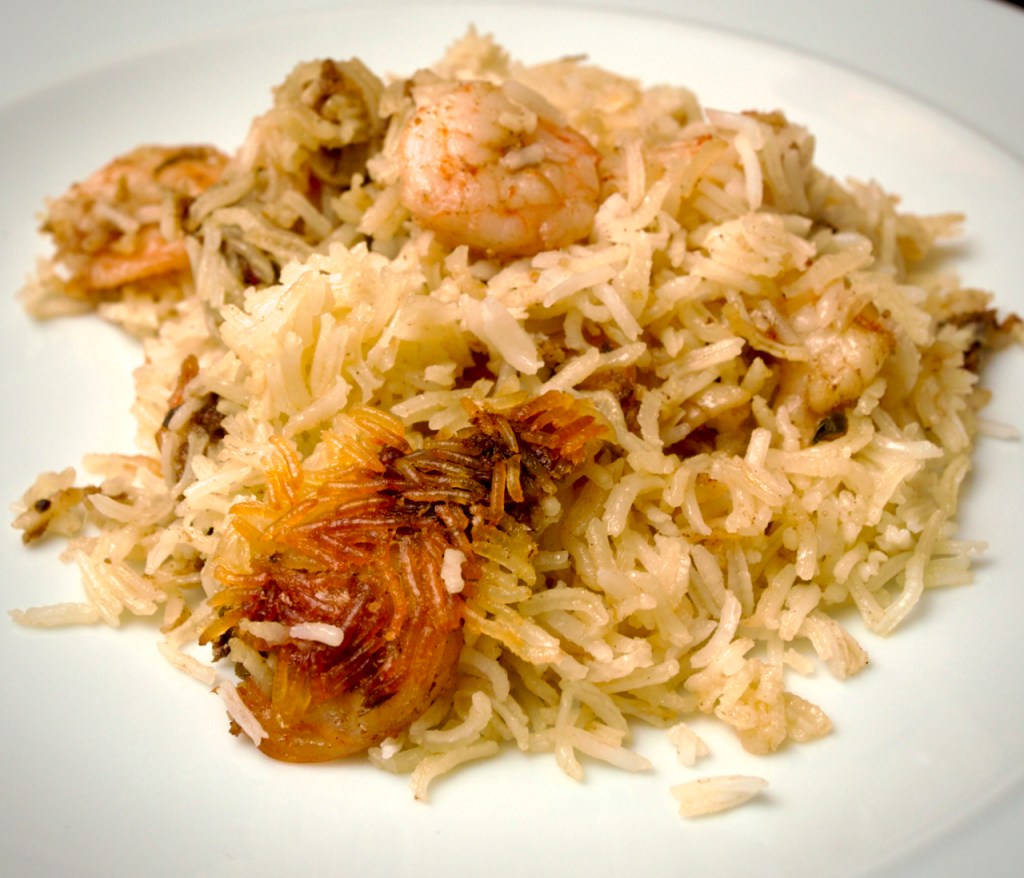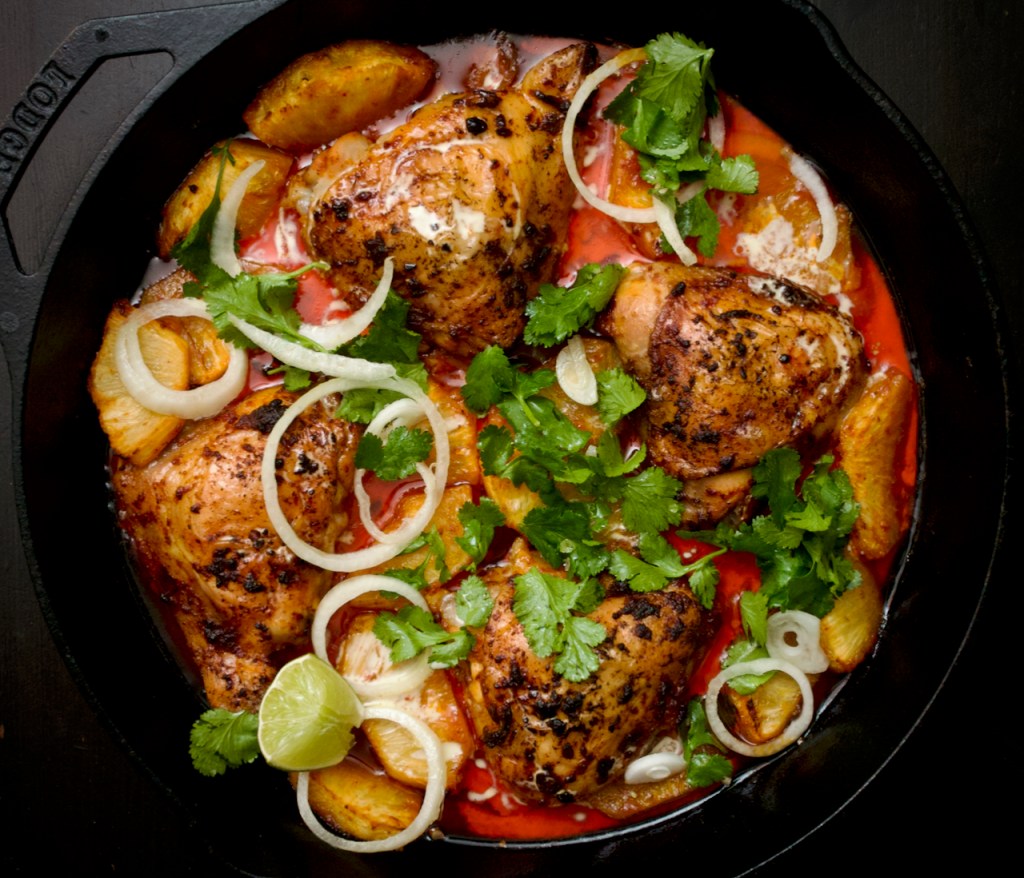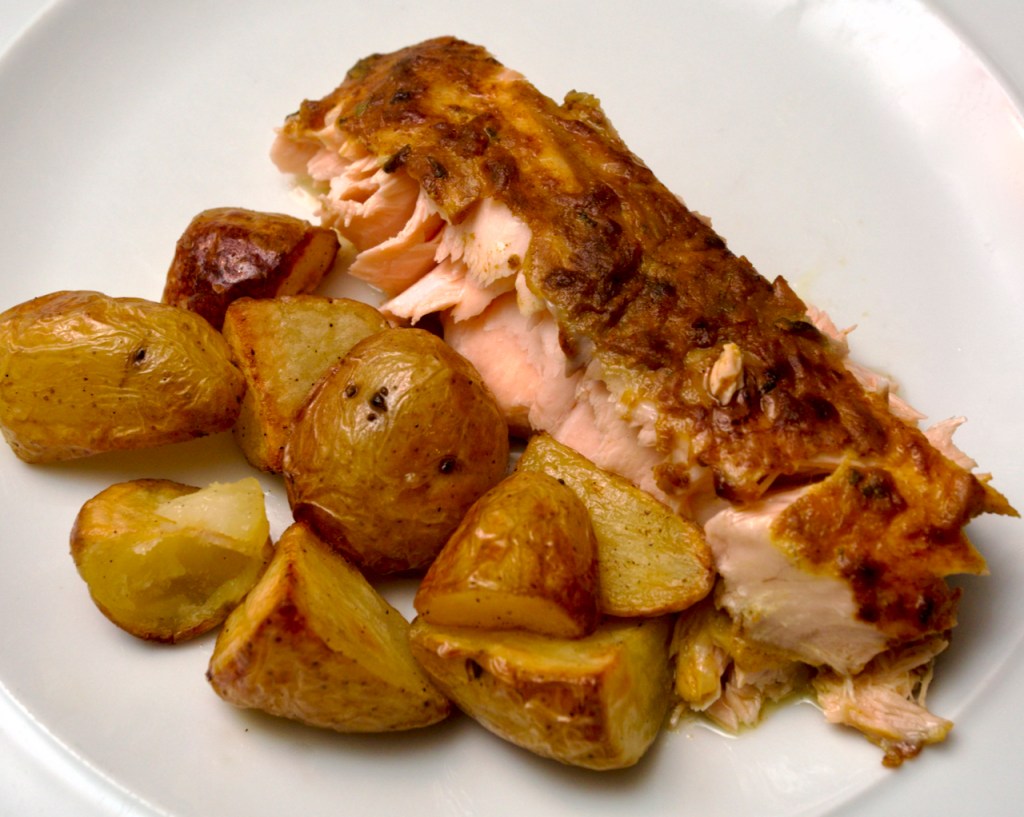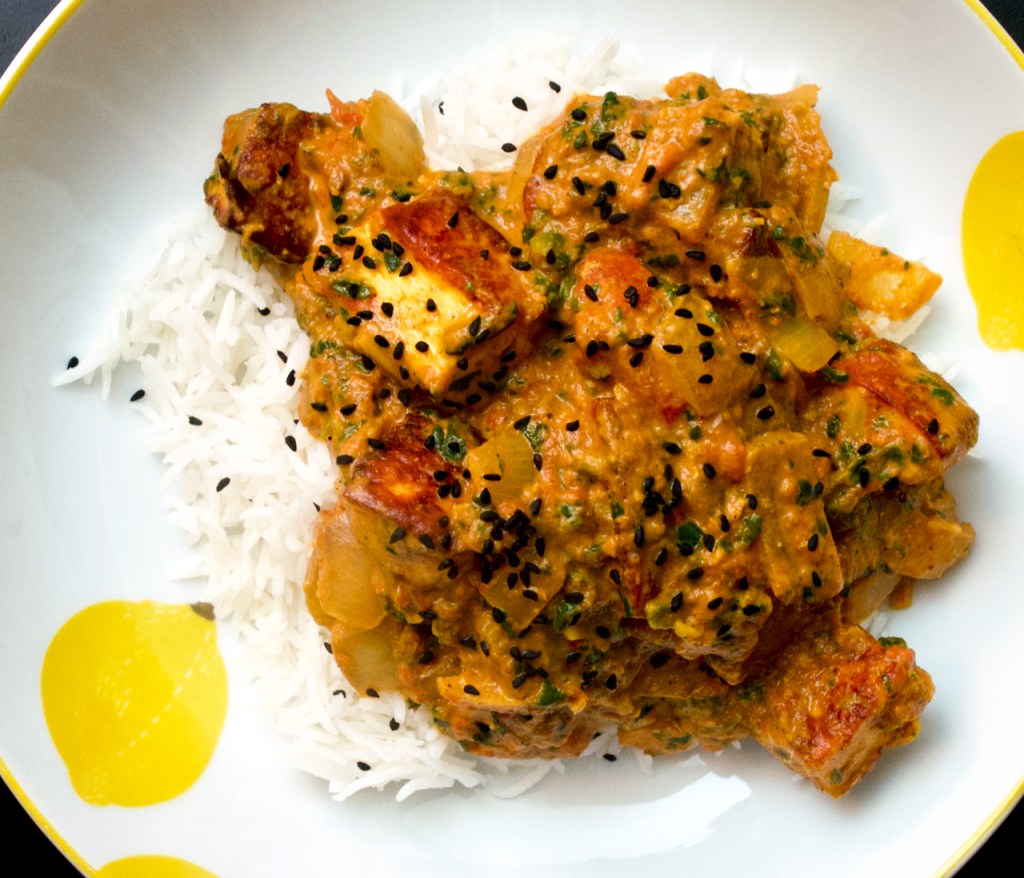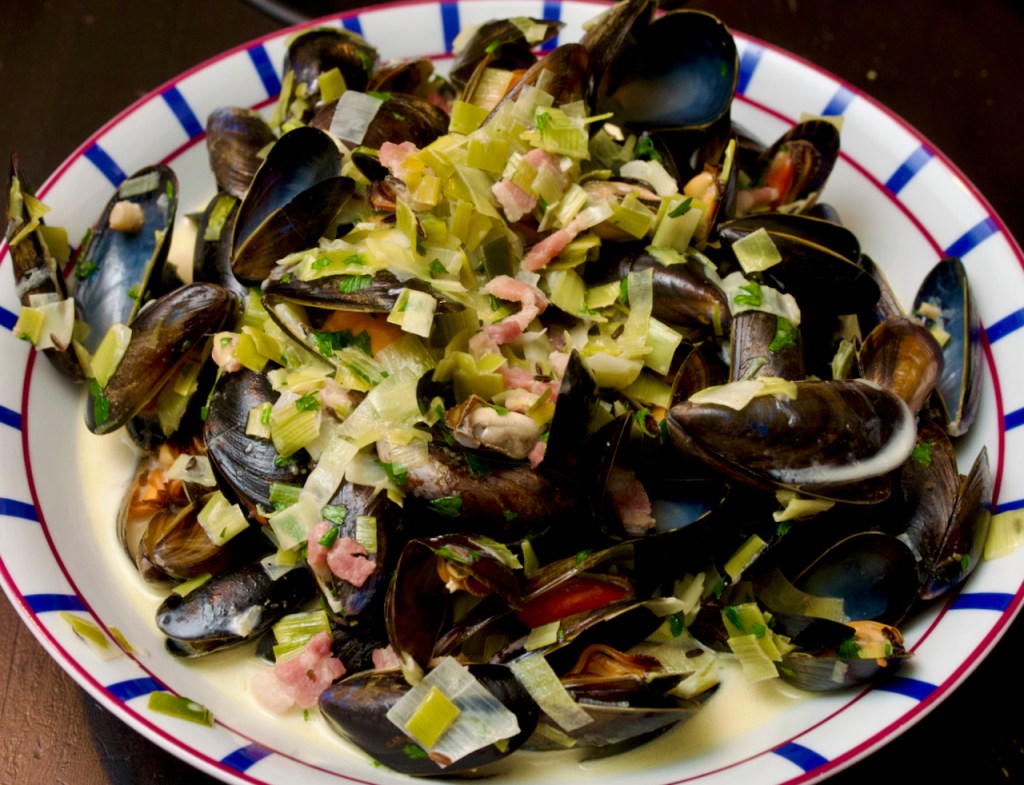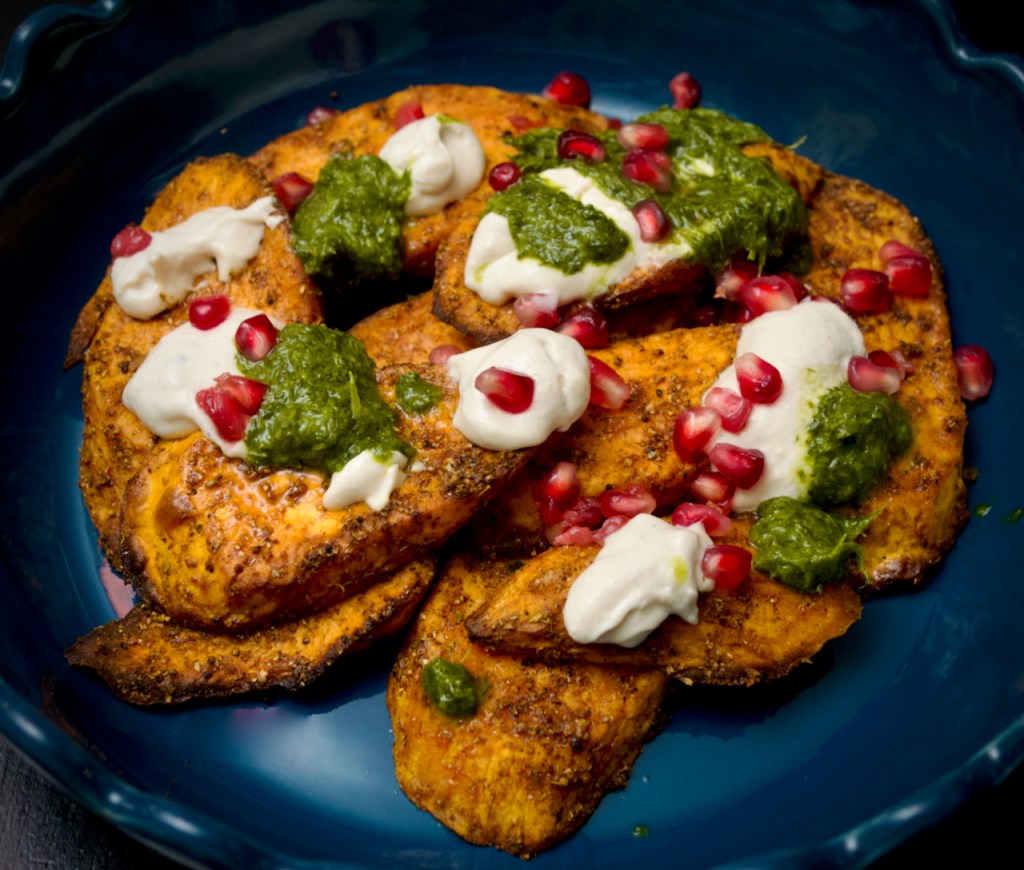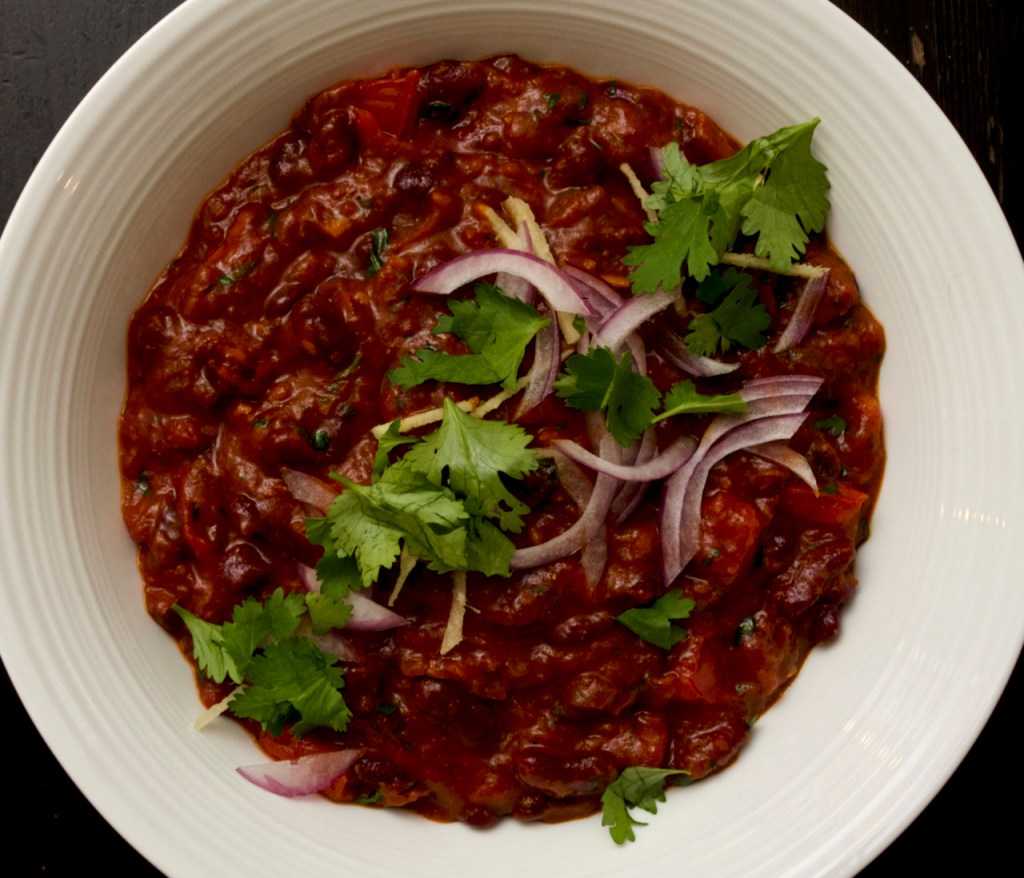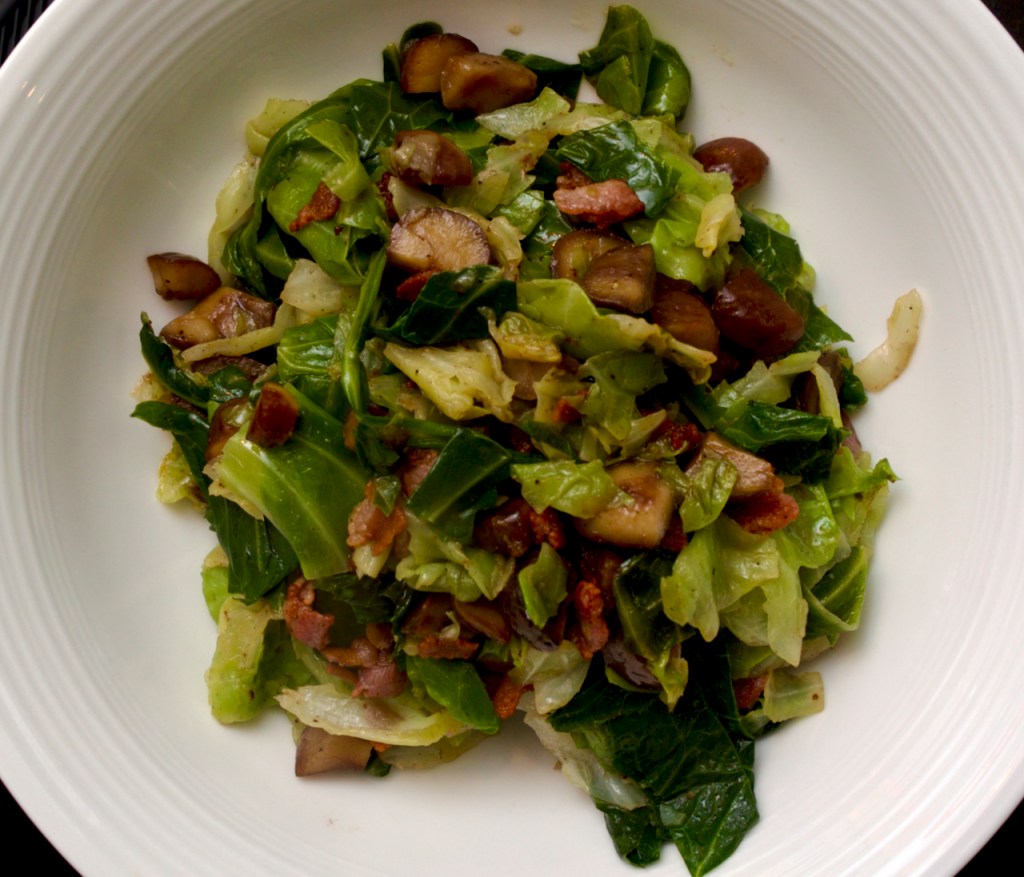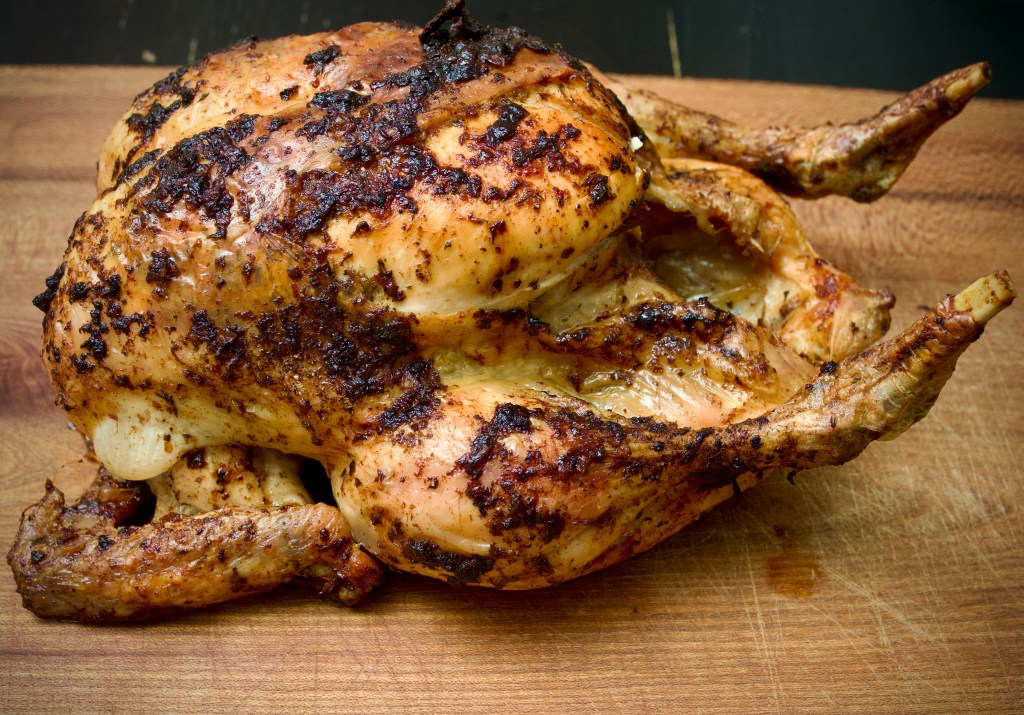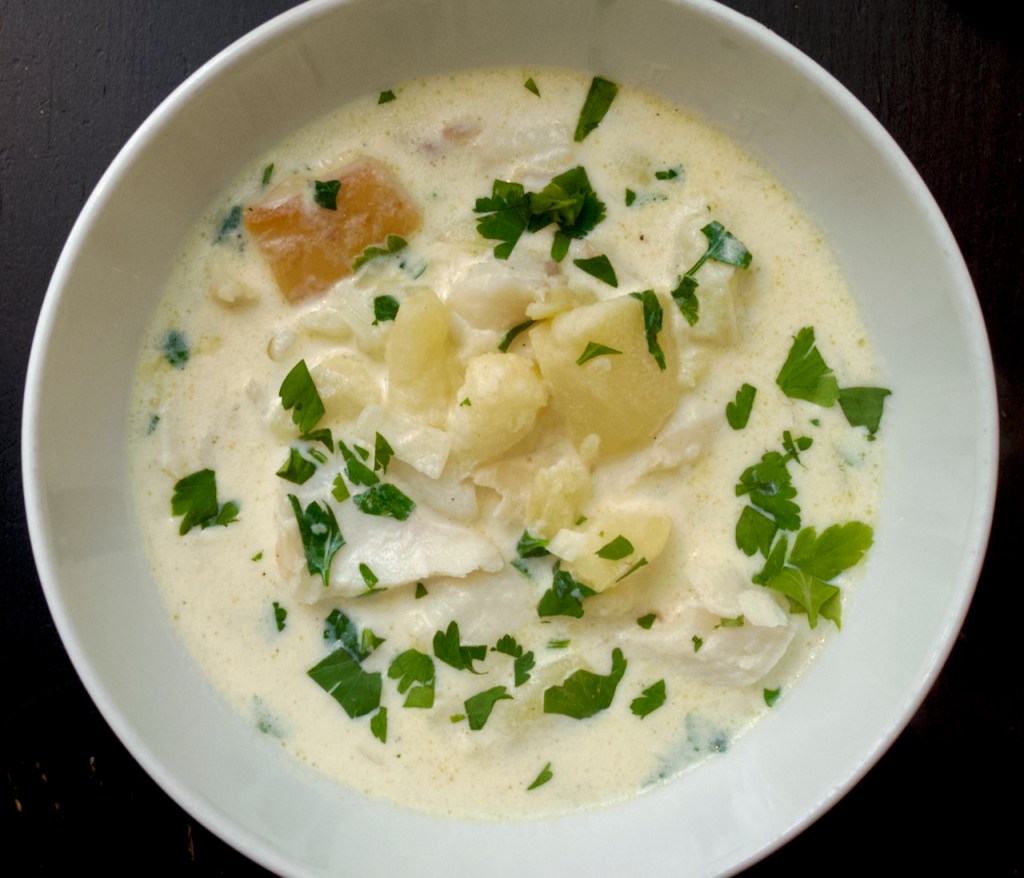
This must be the easiest and cheapest of fish soups but that does not make it any less delicious! Particularly good after a walk out in the cold. And no it’s not made from “skinks” for all the Aussies out there who may be confused … it’s a classic Scottish soup made from smoked fish!
Wine Suggestion: We would highly recommend pairing this with a peaty whisky like Lagavulin. If this doesn’t rock your boat, or you don’t have a bottle to hand then a dry, aromatic and elegant white, like the Sybille Kuntz Riesling Kabinett makes the whole meal feel refined and very sophisticated too.
Cullen skink – serves 4
- 50g buttter
- 1 onion, finely chopped
- 1.2 litres full fat milk
- 750g floury potatoes
- 450g smoked haddock fillet
- 2 tbsp chopped parsley, plus extra to garnish
Melt the butter in a large saucepan, then add the onion and cook gently for 7-8 minutes.
Add the milk and bring to the boil, then add the potatoes and simmer for 20 minutes until very soft.
Add the smoked haddock and simmer for 3-4 minutes or until cooked and easy to flake. Gently remove the haddock with a slotted spoon onto a plate. Leave until cook enough to handle.
Meanwhile, use your wooden spoon to squash some of the potatoes against the side of the pan to thicken the soup slightly.
When the fish is cool enough to handle, break it into chunky flakes, discarding any skin and bones. Tip the fish into the soup, then add the parsley. Serve in warm soup bowls with a little more parsley.
(Original recipe from Rick Stein’s Simple Supper, BBC Books, 2023.)
